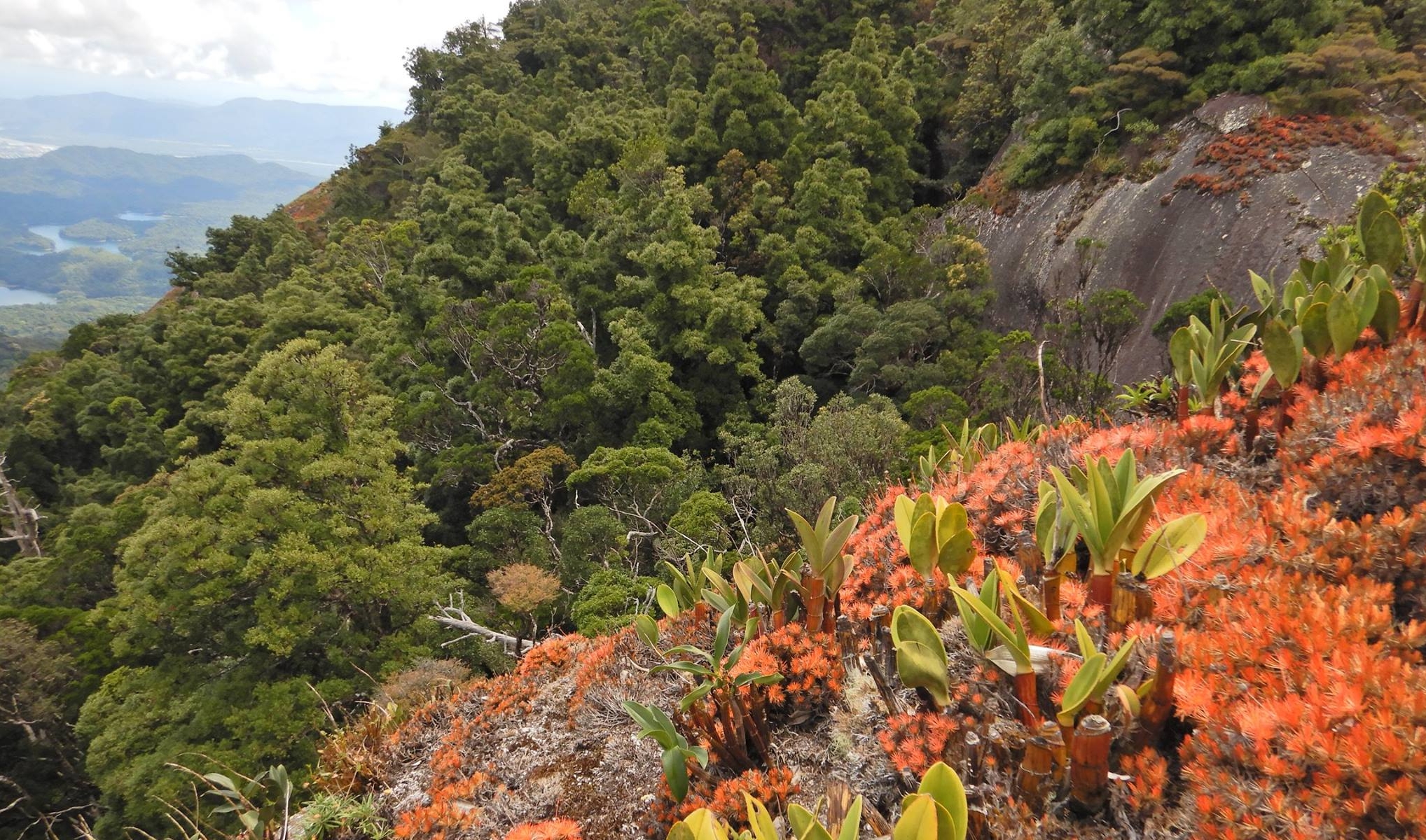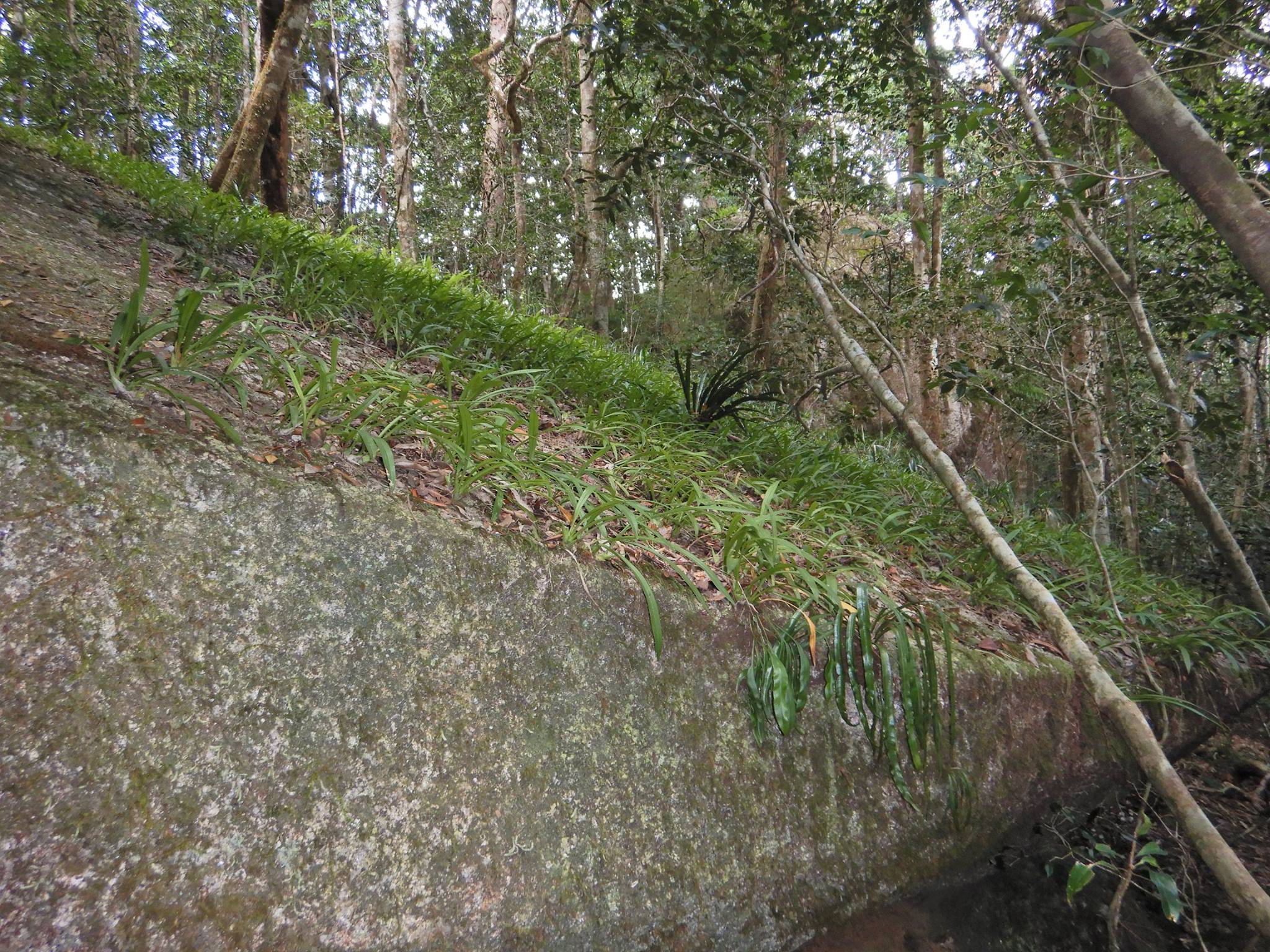
Between 2018 and 2020 with the help of many citizen scientists WOW created:
Agreed Methods - Established appropriate methods for orchid data collection and storage using the app and website.
A Resource - Enabled a national online community of citizen scientists and professionals to communicate about orchid conservation and ecology.
An App - Developed an app and online tools for citizen scientists to collect and share information on Australian orchids and their habitats.
Data Collection - Guides citizen scientists to collect orchid information and accurately enter data via the app or website.
Data Sharing - Provide data to ecologists and taxonomists to enable research into orchid distribution, abundance, phenology and as indicators of environmental change. All non-sensitive orchid information will be publicly available.

iNATURALIST AND WOW
The Wild Orchid Watch custom-built app feeds data to iNaturalist, a joint initiative of the Californian Academy of Sciences and National Geographic, and a highly successful online citizen science platform. iNaturalist securely stores WOW data along with millions of other observations of living organisms submitted via the iNaturalist app. The WOW app features the ability to upload photographs of orchids and prompts users to enter habitat information. This information will help researchers relate orchid abundance to other environmental data. A community driven species identification and verification process, within iNaturalist, enables accurate species identification.
WHY ORCHIDS MATTER
Australia has the world's most diverse terrestrial orchid flora. Their intriguing life-cycle involves partnerships with mycorrhizal fungi and fascinating pollination strategies such as species-specific insect mimicry. With a variety of sizes and growth forms; flowers ranging from large showy inflorescences to tiny delicate blooms; epiphytic, lithophytic and incredible subterranean habits; it is not surprising that Australian orchids capture the imagination of amateur naturalists and scientists alike. However, many orchid species are threatened. They are highly susceptible to environmental change, are taxonomically complex, and many questions about their taxonomy and ecology remain unanswered. Orchids are often cryptic, population sizes vary seasonally and are widely distributed across Australia. This makes it impossible for researchers alone to gather the necessary information to analyse distribution and abundance and assign conservation status.
“Orchids are protected under the law. No part of an orchid can be taken from the bush without a permit – only take photographs or memories.”
— NATIVE ORCHID SOCIETY OF SOUTH AUSTRALIA (NOSSA)
WOW App Launch - May 2020
The WOW team and a large group of incredible citizen scientists have now finished designing and beta testing the WOW app.
In this video Professor Michelle Waycott explains why it is important for orchid enthusiasts and citizen scientists to get involved in the WOW project.
WOW Story

History
Wild Orchid Watch began with South Australian Citizen Scientists Robert and Rosalie Lawrence. In 2011 they published 'Start with the Leaves' a guide to the orchids and lilies of the Adelaide Hills, and South Australia's Native Orchids Identification DVD. Rosalie and Robert were inspired to create an Australian orchid identification website; with support from the State Herbarium of South Australia, Australian Orchid Foundation and the Australian orchid enthusiast community they spent 5 years planning the Wild Orchid Watch (WOW) project. In 2017, in conjunction with The University of Adelaide and TERN (Terrestrial Ecosystem Research Network), Wild Orchid Watch won an Inspiring Australia Science Engagement Programme Grant.
The WOW project is based at The University of Adelaide from 2018 to 2020. From mid 2018 to mid 2020, the app and database was developed.
The WOW app has now been released, and the online tools are available for use in the field and office. The data collected will be publicly accessible for research, policy and planning purposes, and ultimately will help to resolve conservation and taxonomic questions about Australian orchids.
Contact us

We'd love to hear from you
send us a message using the form below:
